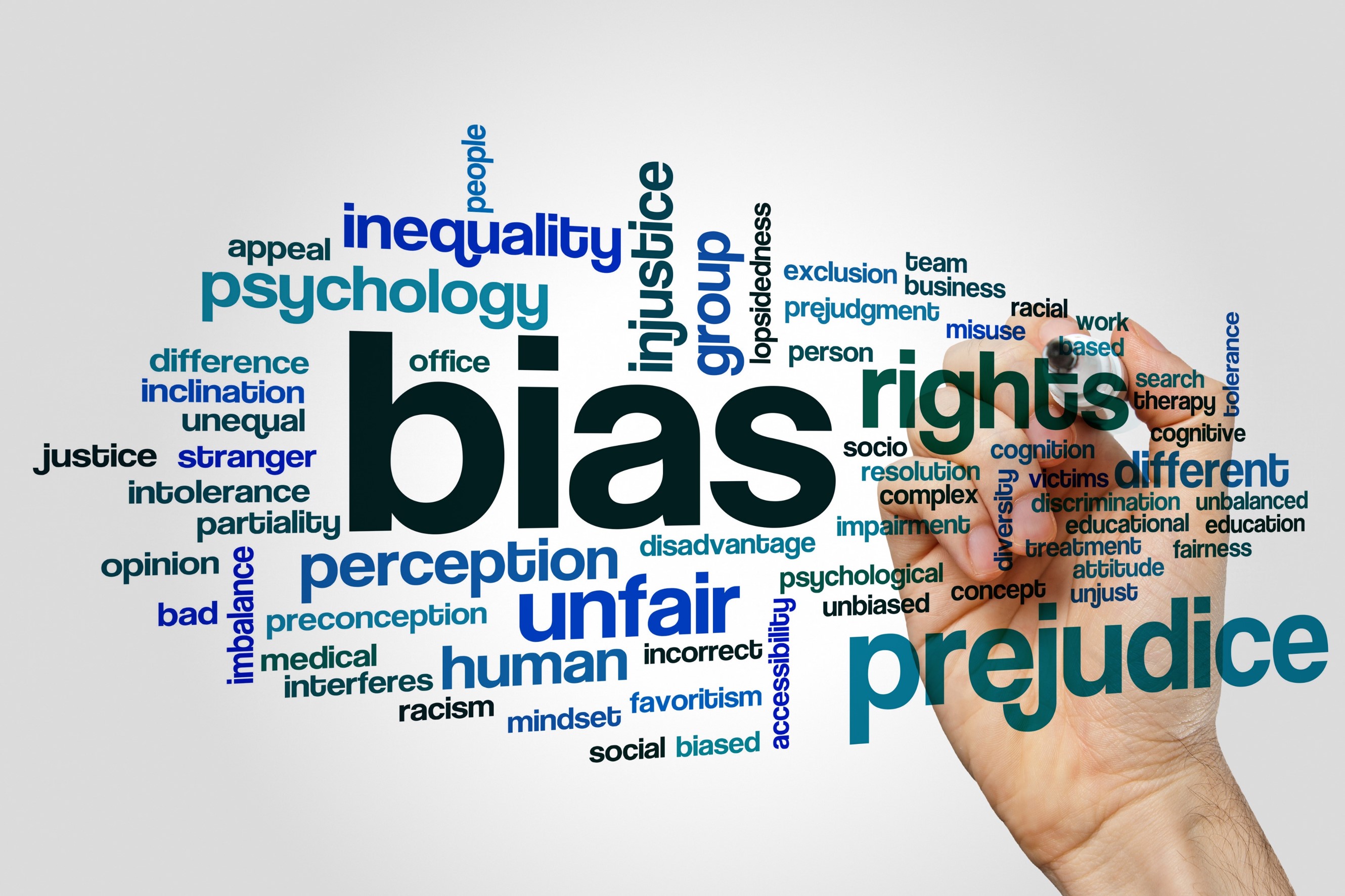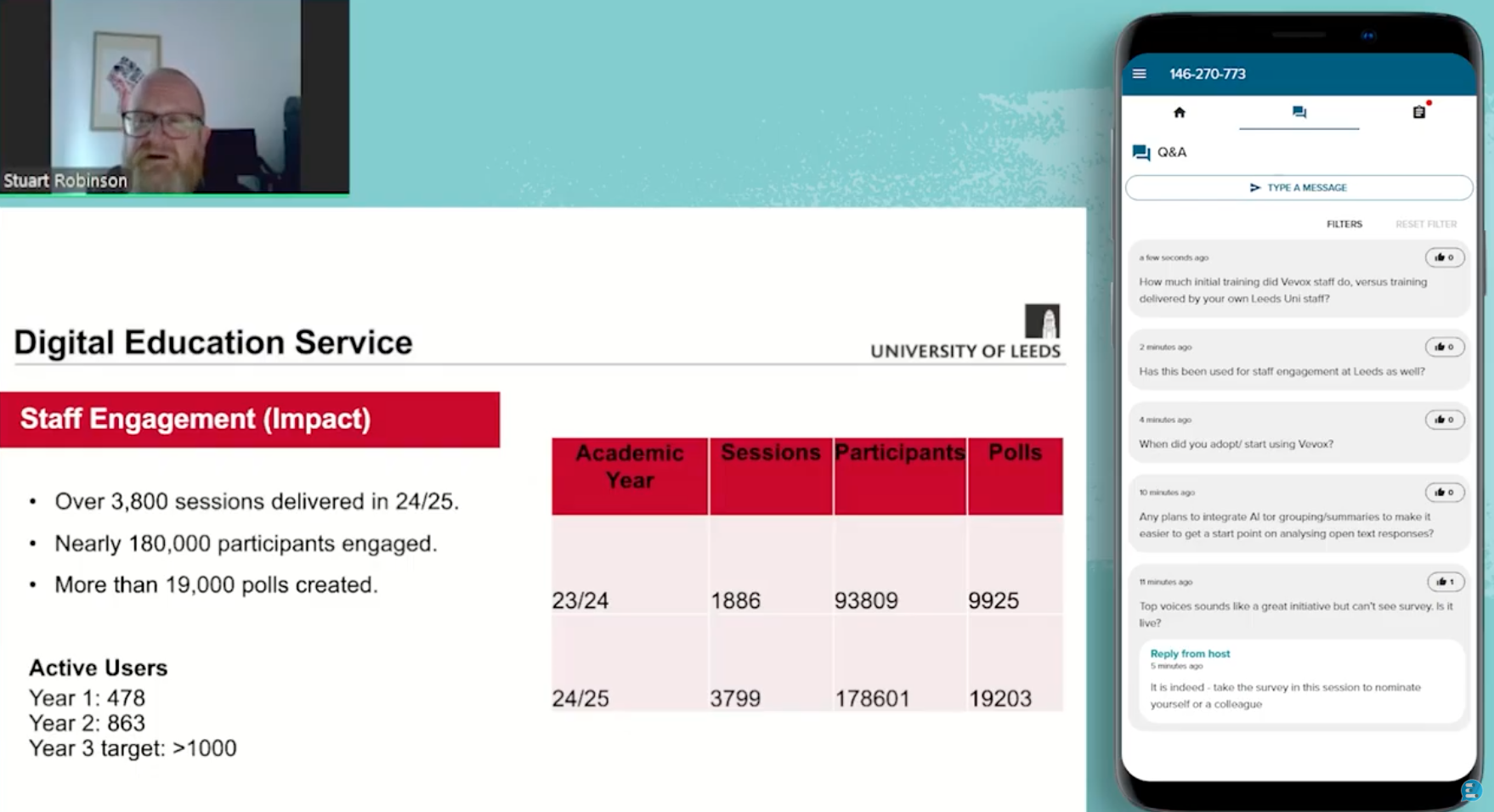Bias is a natural human tendency. It's not always bad, but it can be. Bias can be the reason you don't get that promotion or why your idea gets shot down in a meeting.
Bias isn't always obvious; sometimes we're unaware of how it affects us and others around us. And while some biases are more dangerous than others, all of them have one thing in common: they lead to poor or unbalanced decisions because they cloud our judgment about what's really happening around us--and who needs what from whom!
Here are some of the most common biases that can get in the way of making good decisions. Recognise any?:
1. Confirmation Bias: This is when we only seek out information that confirms our pre-existing beliefs or opinions. If you're already convinced that clients will love your new logo, then you'll only look at examples of logos that confirm this belief--not ones where they don't like it!
2. Availability Heuristic: This is when we make decisions based on how easily things come to mind or how available they are to us. If you're trying to decide which of the two restaurants near your office is better, then you might choose based on which one has more customers at that time of day.
3. Hindsight Bias: This is when we think that our decisions were obviously correct after the fact, even though there was no way to tell beforehand how things would play out. If you choose a new logo and then get lots of compliments on it, you may think the decision was obvious in retrospect.
4. Anchoring Bias: This is when we rely too heavily on one piece of information when making decisions. If you're trying to decide what salary to offer someone for a new job, then looking at other people's salaries at the company might not be helpful because everyone has different responsibilities.
5. Representativeness Heuristic: This is when we judge something based on how similar it is to what we already know about the topic. If you're trying to decide if an ad agency will make your company's ads great, then you might look at other ads they've done in the past.
6. Availability Bias: This is when we make judgments based on how easily examples come to mind. If you're trying to decide if a restaurant is good, then thinking about how many people are eating there can be helpful—but only as one piece of evidence among many.
7. Cascade Bias: The snowball effect! This is where a group can be influenced by an potentially irrelevant fact! THE classic is where an audience is asked to raise their hands to answer a question. Whether it's to indicate an opinion or to test knowledge the first reaction before 99% makes a move to raise their hand (and there have been numerous studies and videos capturing this phenomenon) is ALWAYS for people to look round and see what others are doing first! This is where polling and Q&A platforms like Vevox are so critical in meetings and classes. The ability for people to respond anonymously removes the fear of judgement and leads to more honest, uninhibited and unbiased feedback.
7 types of bias that could be affecting your meetings?
Internal Comms




